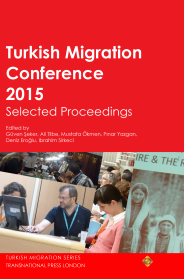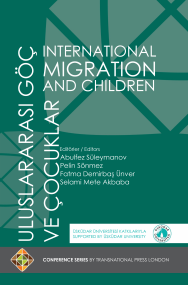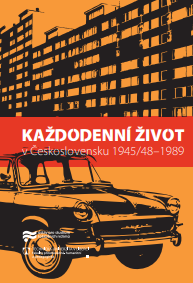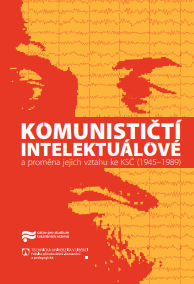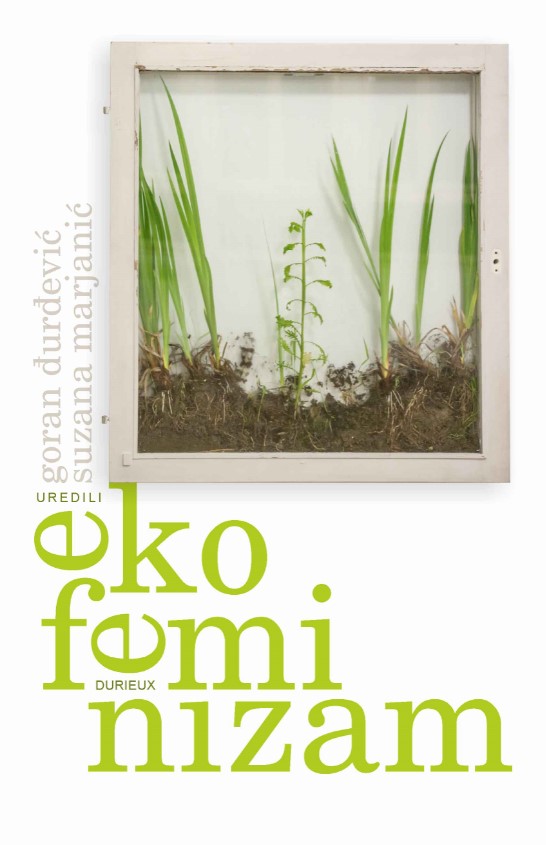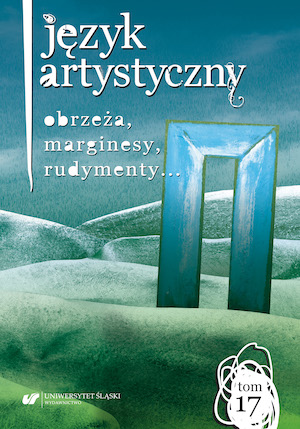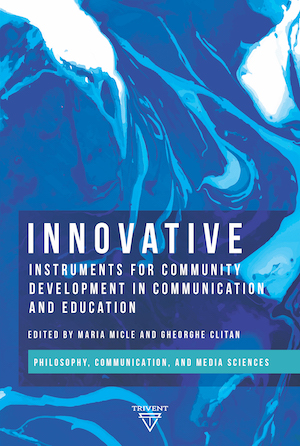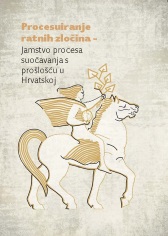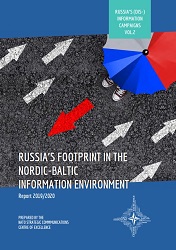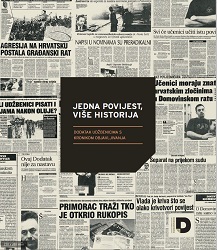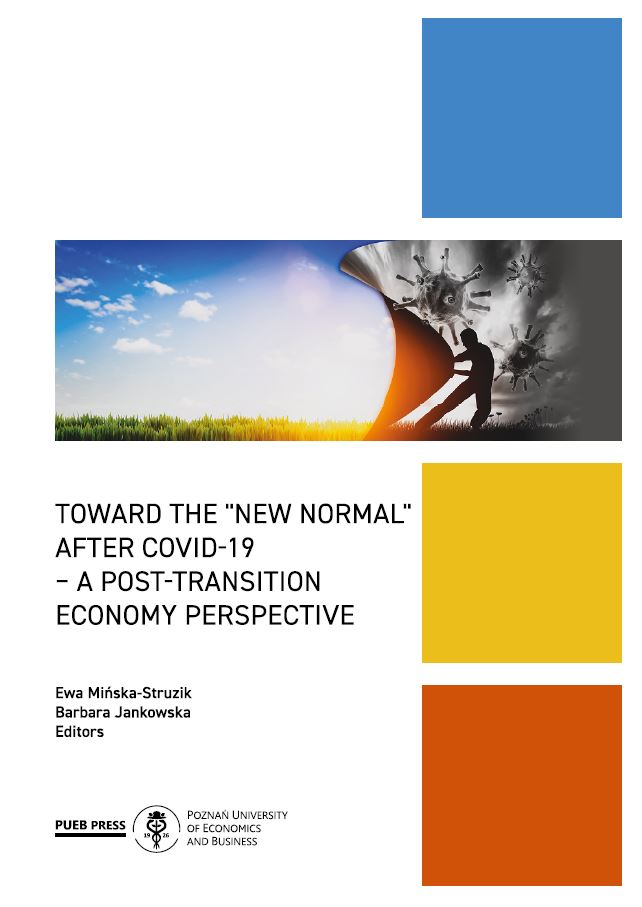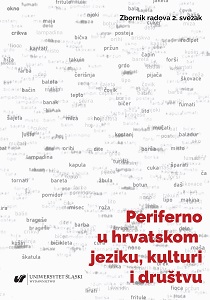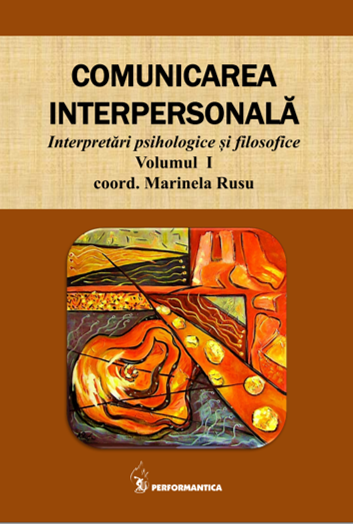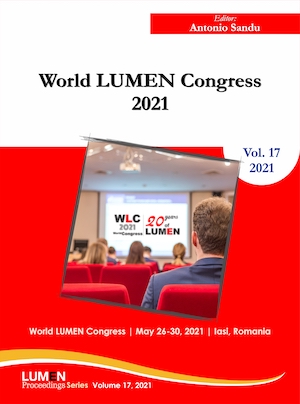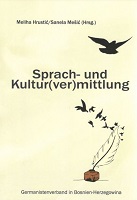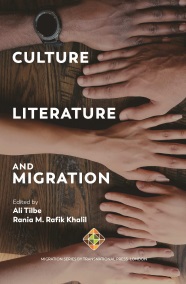
Migration, Integration and Power. The Image of “the Dumb Swede” in Swede Hollow and the Image of Contemporary New Swedes in One Eye Red and She Is Not Me
Immigrant voices rarely get their time in the spotlight in mainstream media and therefore their stories rarely get the reception needed for the general public to understand what it is like to be an immigrant or a refugee, but this literary analysis of three novels-Ola Larsmo’s Swede Hollow (2016), Jonas Hassen Khemiri’s Ett Öga Rött [One Eye Red, my transl.] (2003) and Golnaz Hashemzadeh’s She Is Not Me (2015)-shows how literature can provide precisely that perspective. Swede Hollow maps a time of Swedish late 19th century and early 20th century immigration into the United States. Extensively researched and based on authentic, contemporary sources, Larsmo highlights the characters’ toil and hardships in the new country, but he also shows their paths to becoming established U.S. citizens. The two latter novels are written by authors who themselves are well acquainted with contemporary migration and integration issues and processes in Sweden. Khemiri is of Swedish Tunisian origin and his novel portrays immigrant life in a Swedish multiethnic suburb of Stockholm with a 15-year-old boy, Halim, as its main character. The Hashemzadeh family’s country of origin is Iran and Golnaz Hashemzadeh arrived in Sweden at the age of three. Her semi autobiographical novel She Is Not Me portrays “the Girl’s” journey growing up in Swedish almost exclusively white and middle-class Gustavsberg, and her ambition as she was accepted at the most prestigious universities in Sweden, but also the costs for her personally.
More...
